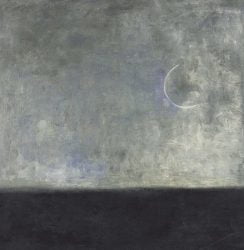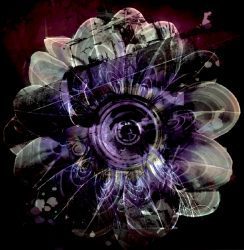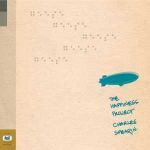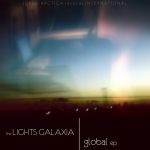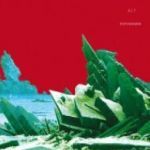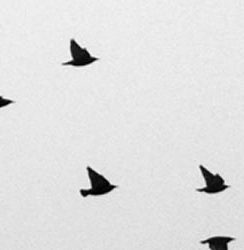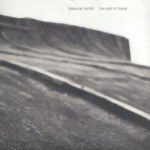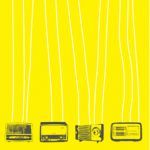In december 2008, dutch musicians Frans Friederich and Michel Banabila met each other performing on the ‘RadioLines’ performance, organised by the (now almost deceased) radio programs Folio and Supplement.
Three musicians performing simultaneously, while live-mixed by one of the radio-makers. The musicians had no influence on the resulting mix in any way (there even was a possibility they were playing their parts without it being heard at all).
(The musicians brave enough to take this risk were Michel Banabila, Frans Friederich and Floris van Bergeijk – the resulting music can be found and downloaded [here].)
For edition “P” of Frans Friederich‘s Recyclopedia, a series of 26 multi-styled CD’s (one for every single letter of the alphabet), Michel Banabila created a beautiful remix, inviting dutch trumpet player Eric Vloeimans to play the additional trumpet part.
This track is unclassifiable: it’s jazz, pop, electronic, fourth world and maybe even more.
It is also a perfect example of what can happen when open-minded musicians work together for the sake of music, not caring about whatever expectations there may be!

